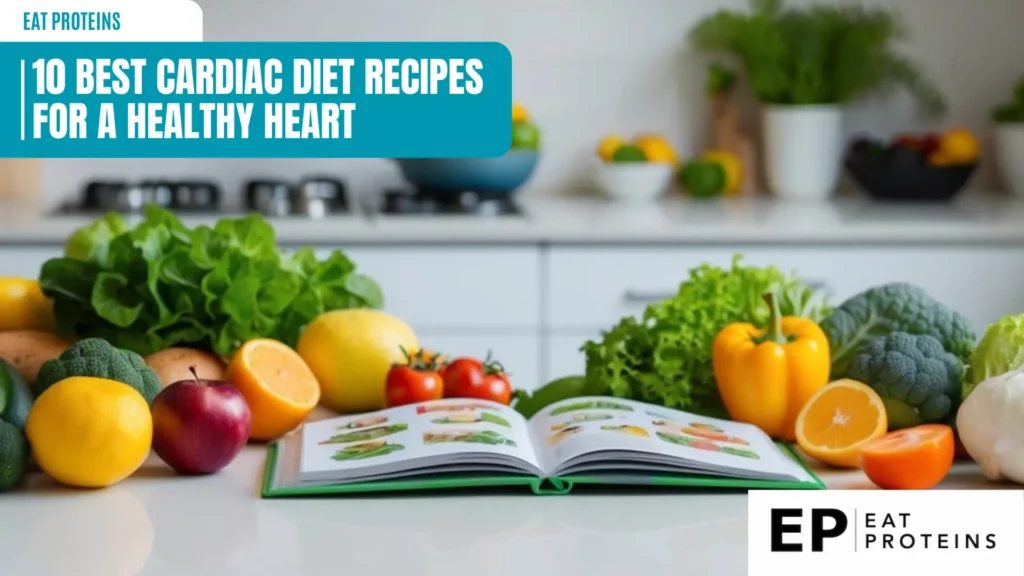
Eating heart-healthy is important for maintaining good health, especially for our cardiovascular system. I have compiled a list of 10 delicious cardiac diet recipes that can help support heart health while also being enjoyable to eat. These recipes focus on fresh ingredients and balanced nutrition.
Food choices can have a significant impact on heart health. I believe that with the right recipes, anyone can enjoy meals that are not only nutritious but also tasty.
1. Mediterranean Quinoa Salad
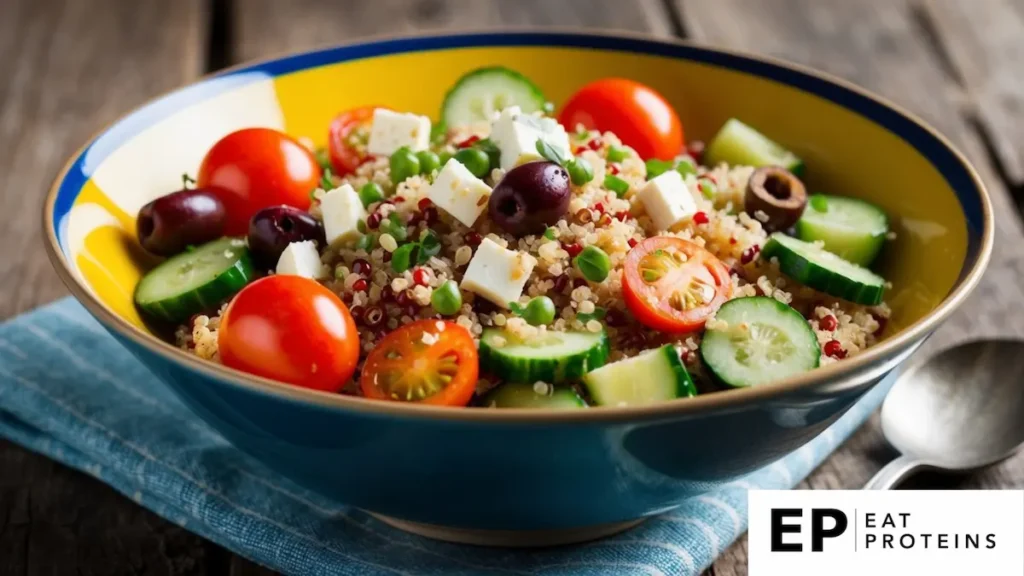
Mediterranean Quinoa Salad is a healthy dish packed with nutrients. Quinoa is a grain that is high in protein and fiber, making it great for heart health.
I find this salad easy to make and perfect for a quick meal. It combines fresh vegetables with the nutty flavor of quinoa. Plus, it is colorful and appealing.
Here’s how to prepare it:
- Cook 1 cup of quinoa in 2 cups of water. Bring to a boil, then reduce heat and simmer for about 15 minutes.
- While the quinoa cools, chop 1 cucumber, 1 bell pepper, and 1 cup of cherry tomatoes.
- In a bowl, mix the chopped vegetables with 1/4 cup of red onion and 1/4 cup of feta cheese.
- In another small bowl, whisk together 3 tablespoons of olive oil, 2 tablespoons of lemon juice, salt, and pepper.
- Once the quinoa has cooled, add it to the vegetable mixture. Pour the dressing on top and stir well.
This salad is not only simple but also versatile. You can add olives or chickpeas for more flavor and nutrition. Enjoy it as a side dish or a main meal.
2. Grilled Salmon with Asparagus
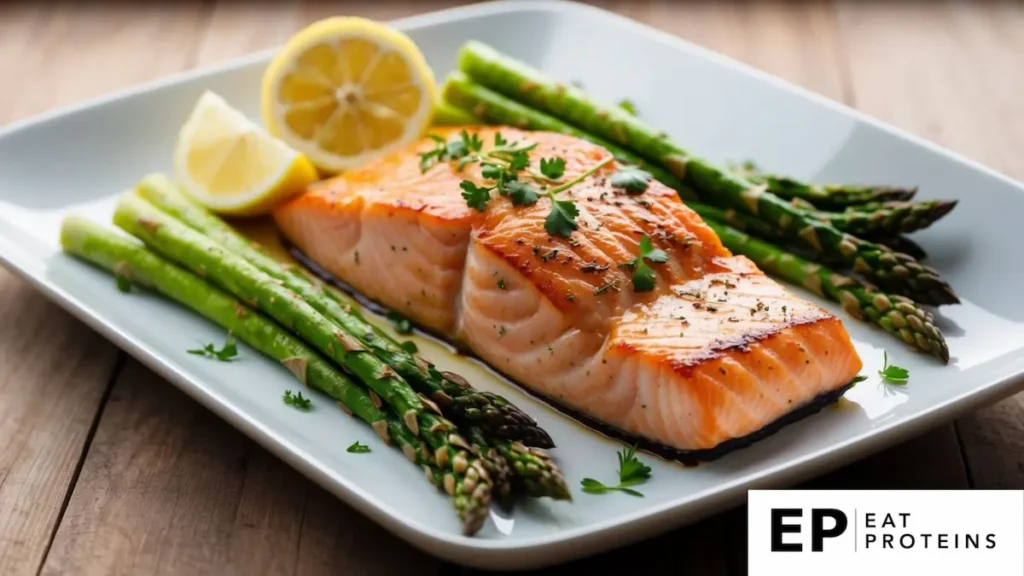
Grilled salmon with asparagus is a simple and nutritious dish. Salmon is a good source of omega-3 fatty acids, which are beneficial for heart health. Asparagus adds vitamins and fiber to the meal.
I find this recipe easy to prepare. It takes about 20 minutes from start to finish.
To make it, I follow these steps:
- Preheat the grill to medium-high heat.
- Season salmon fillets with salt, pepper, and lemon juice.
- Trim the ends of the asparagus and toss them with olive oil, salt, and pepper.
- Place the salmon and asparagus on the grill.
- Grill the salmon for about 6-8 minutes per side, depending on thickness.
- Grill the asparagus for about 4-5 minutes, turning occasionally.
Once cooked, I remove them from the grill. I often serve this dish with a slice of lemon for added flavor. It’s a great option for a heart-healthy meal.
3. Avocado and Berry Smoothie
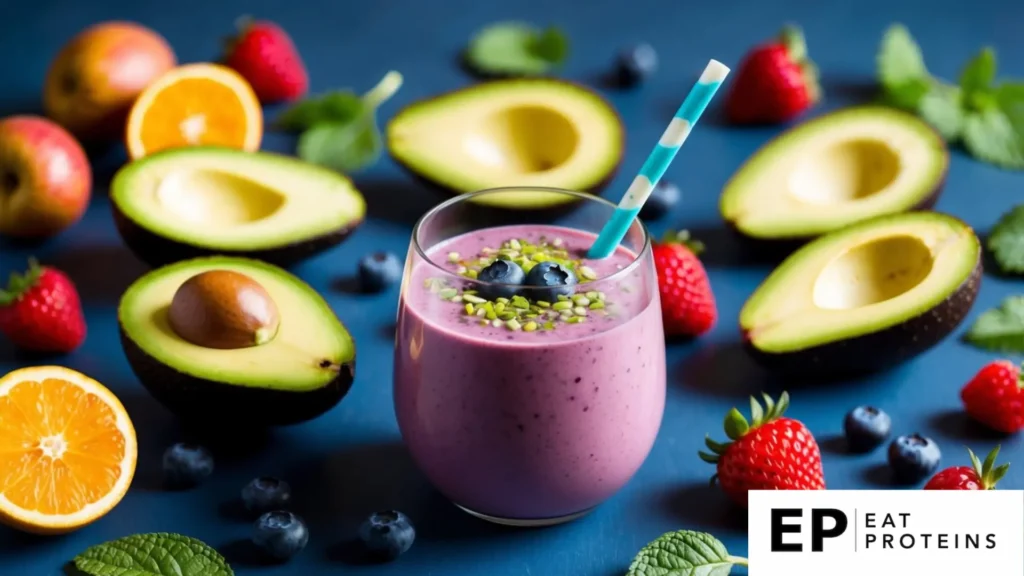
An avocado and berry smoothie is a nutritious drink that combines the health benefits of avocados and berries. Avocados are rich in healthy fats and fiber, while berries provide antioxidants and vitamins.
Making this smoothie is easy and quick. I can prepare it in just a few minutes. Here are the simple steps:
- Gather the ingredients: 1 ripe avocado, 1 cup of mixed berries (like strawberries, blueberries, and raspberries), 1 cup of almond milk, and a tablespoon of honey or maple syrup if I want extra sweetness.
- Cut the avocado in half and remove the pit. Scoop out the flesh and place it in a blender.
- Add the mixed berries, almond milk, and honey or syrup.
- Blend until the mixture is smooth and creamy. If it’s too thick, I can add a bit more almond milk.
- Pour the smoothie into a glass and enjoy!
This drink is perfect for breakfast or a snack and is packed with nutrients that support heart health.
4. Oatmeal with Fresh Berries
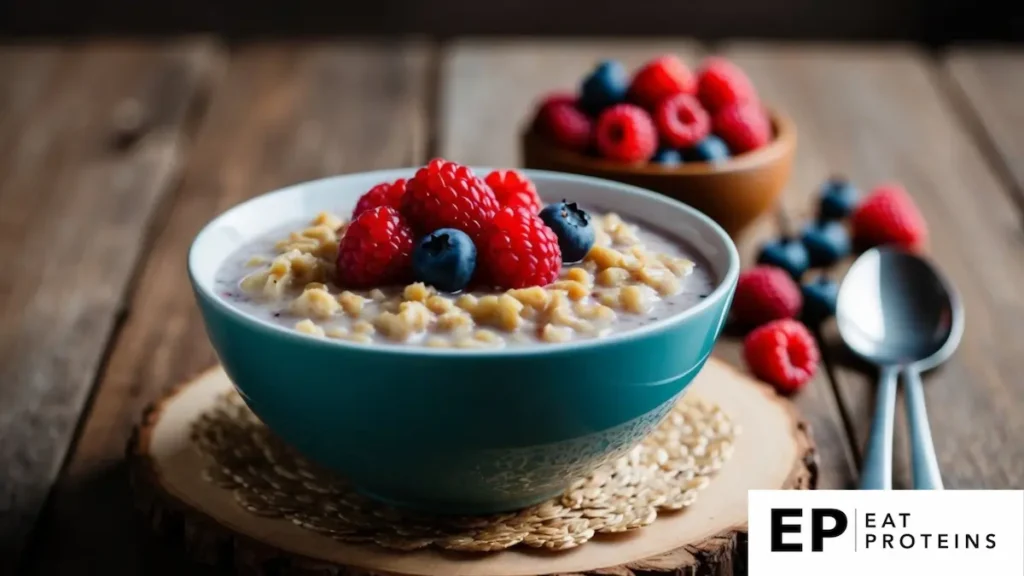
Oatmeal with fresh berries is a nutritious dish that supports heart health. Oatmeal is high in soluble fiber, which can help lower cholesterol levels. Berries, like blueberries and strawberries, are full of antioxidants, which can contribute to overall health.
Making oatmeal with fresh berries is quite easy. I typically prepare it in about 10 minutes. Here’s how I do it:
- Ingredients: I gather 1 cup of rolled oats, 2 cups of water or milk, and 1 cup of fresh berries.
- Boil: I bring the water or milk to a boil in a pot.
- Cook Oats: Once boiling, I add the rolled oats. I reduce the heat and let it simmer for about 5 minutes, stirring occasionally.
- Add Berries: I stir in the fresh berries. I usually use a mix of strawberries and blueberries, but I can select my favorite.
- Serve: After another minute, I remove the pot from heat and let it cool slightly before serving.
This dish is filling and delicious. I enjoy it for breakfast or as a snack.
5. Kale and Chickpea Stew

Kale and Chickpea Stew is a nutritious dish packed with flavor and health benefits. This stew is rich in fiber, vitamins, and minerals, making it a great choice for a heart-healthy diet.
I find this recipe easy to make. It takes about 30 minutes from start to finish.
Here are the steps:
- Ingredients: Gather kale, canned chickpeas, vegetable broth, onion, garlic, and spices like cumin and paprika.
- Sauté: In a pot, heat some olive oil. Add chopped onions and minced garlic. Cook until they are soft.
- Add Greens: Stir in chopped kale and cook for a few minutes until the kale shrinks.
- Combine: Drain and rinse the chickpeas. Add them to the pot along with vegetable broth. Mix well.
- Season: Sprinkle in your chosen spices. Bring everything to a boil, then reduce the heat and let it simmer for 15 minutes.
- Serve: Taste and adjust seasoning if needed. I like to enjoy it warm with a slice of whole-grain bread.
This stew is filling and perfect any time of year.
6. Whole Wheat Pasta with Pesto
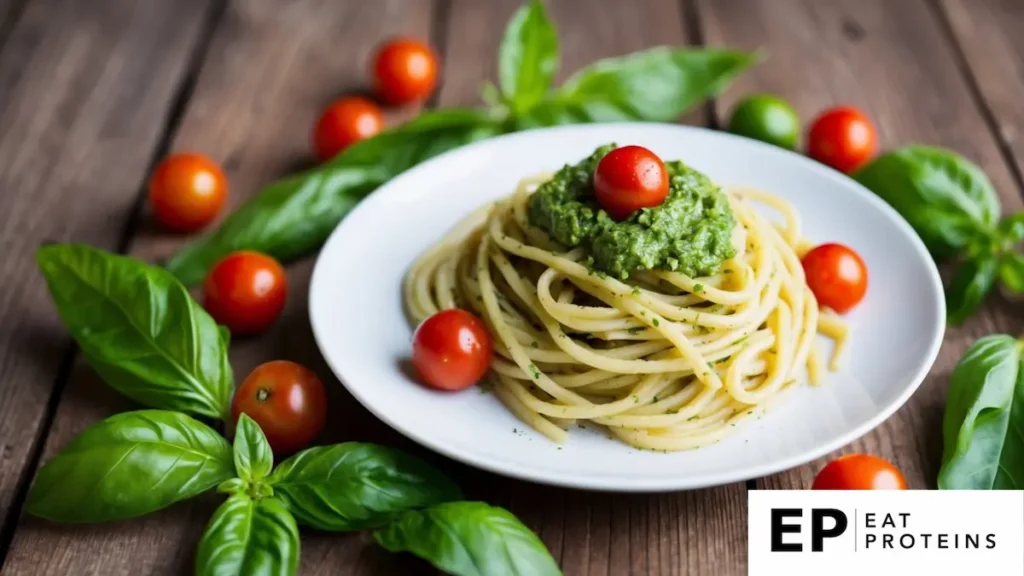
Whole wheat pasta with pesto is a healthy meal that is easy to prepare. Whole wheat pasta is higher in fiber and nutrients compared to regular pasta. Pesto adds flavor and healthy fats from nuts and olive oil.
Making this dish is simple. I usually boil the pasta first, following package instructions. It takes about 8-10 minutes to cook, depending on the type.
While the pasta cooks, I prepare the pesto. I blend fresh basil, garlic, pine nuts, Parmesan cheese, and olive oil in a food processor. It takes about 5 minutes to get a smooth sauce.
Once the pasta is done, I drain it and mix it with the pesto. I like to serve it warm or at room temperature. For extra flavor, I sprinkle more Parmesan cheese on top.
This recipe is tasty and quick, making it perfect for a busy day. It provides good nutrition and can be enjoyed by everyone.
7. Baked Sweet Potato Fries

I love making baked sweet potato fries because they are a delicious and healthy alternative to regular fries. Sweet potatoes are rich in vitamins and fiber, making them a great choice for a cardiac diet.
Making baked sweet potato fries is easy. First, I preheat the oven to 425°F (220°C). Then, I wash and peel two medium sweet potatoes. After that, I cut them into thin strips, about 1/4 inch thick.
Next, I toss the sweet potato sticks in a bowl with a tablespoon of olive oil. I season them with salt and pepper, and sometimes add paprika or garlic powder for extra flavor.
I spread the fries evenly on a baking sheet lined with parchment paper. I make sure they are not crowded so they can crisp up nicely. I bake them for 20-25 minutes, flipping halfway through to ensure they are golden and crispy.
Once done, I take them out of the oven and let them cool slightly before serving. These fries pair nicely with a yogurt dip or can be enjoyed on their own.
8. Lentil and Spinach Soup
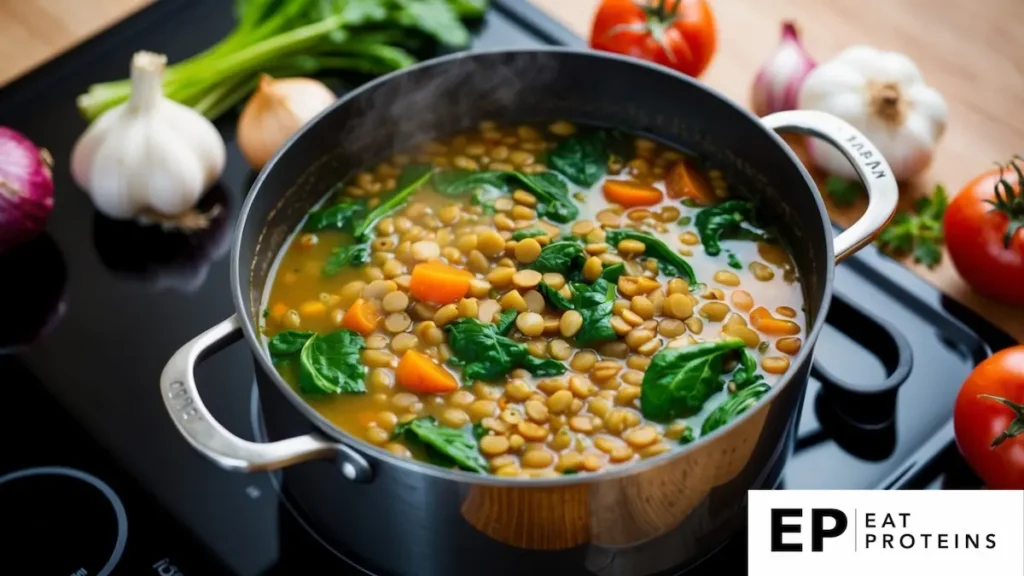
Lentil and spinach soup is a healthy and hearty dish. Lentils are legumes that are high in protein and fiber. Spinach adds vitamins and minerals, making this soup great for heart health.
I find this soup easy to make. It requires just a few ingredients and can be prepared in under an hour. Here’s how I make it:
- Start by rinsing 1 cup of lentils and cooking them in 4 cups of vegetable broth.
- In a separate pot, heat 1 tablespoon of olive oil over medium heat.
- Add 1 chopped onion, 2 cloves of minced garlic, and cook until soft, about 5 minutes.
- Stir in 2 chopped carrots and 2 chopped celery stalks, cooking for another 5 minutes.
- Add the cooked lentils to the pot along with 1 teaspoon of cumin and 1 teaspoon of salt.
- Let it simmer for 20 minutes.
- Lastly, stir in 2 cups of fresh spinach and cook for an additional 3-5 minutes.
This soup is simple, filling, and perfect for any meal.
9. Banana and Almond Butter Toast
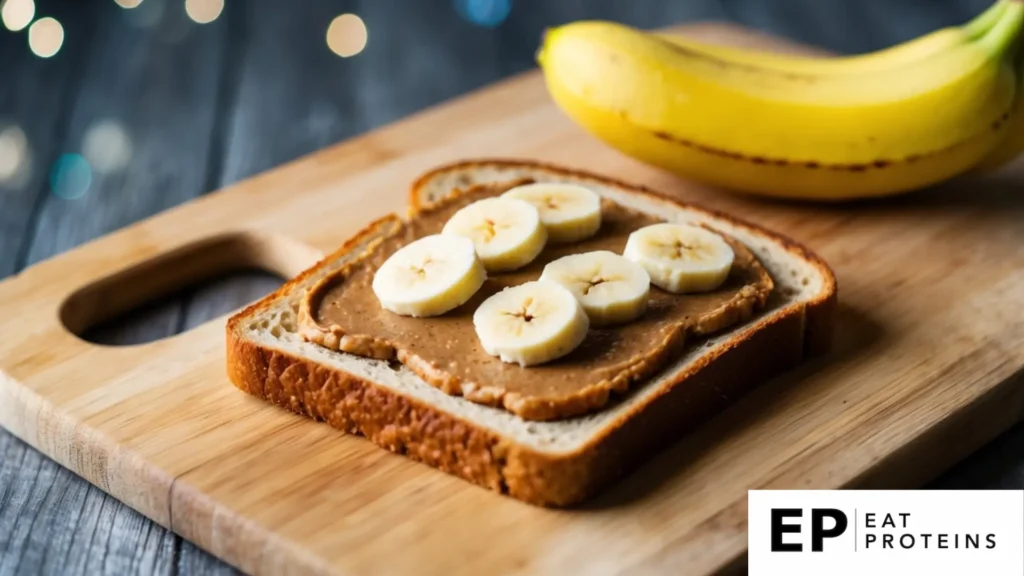
Banana and almond butter toast is a simple and heart-healthy snack. I love this recipe because it combines the natural sweetness of bananas with the nutty flavor of almond butter.
To make this toast, I start with whole-grain bread. Whole grains are better for heart health due to their higher fiber content. I toast the bread to my desired crispness.
Next, I spread a generous layer of almond butter on top of the toast. Almond butter is a great source of healthy fats and protein.
Then, I slice a ripe banana and arrange the pieces on the almond butter. Bananas provide essential vitamins like potassium, which supports heart health.
For added flavor, I sometimes sprinkle a pinch of cinnamon on top. This spice can give a warm touch and is beneficial for health.
In just a few easy steps, I have a nutritious snack that I can make in under five minutes. It’s perfect for breakfast or a quick pick-me-up during the day.
10. Chia Seed Pudding with Coconut Milk

Chia seed pudding is a healthy and simple dish. Chia seeds are tiny black seeds that come from the Salvia hispanica plant. They are rich in fiber, protein, and omega-3 fatty acids, making them great for heart health.
Making chia seed pudding is straightforward. I can prepare it with just a few ingredients. It takes only about 10 minutes to mix and then a few hours to set in the fridge.
Here’s how I make it:
- In a bowl, I combine 1/4 cup of chia seeds with 1 cup of coconut milk.
- I add 1-2 tablespoons of honey or maple syrup for sweetness.
- I mix everything well and let it sit for about 10 minutes. This allows the chia seeds to absorb the liquid.
- After 10 minutes, I stir the mixture again to break up any clumps.
- Then, I cover it and place it in the fridge for at least 2 hours or overnight.
Once it’s set, I can enjoy it as is or top it with fresh fruits and nuts. This pudding is a satisfying and nutritious choice for breakfast or a snack.
What is the Cardiac Diet?
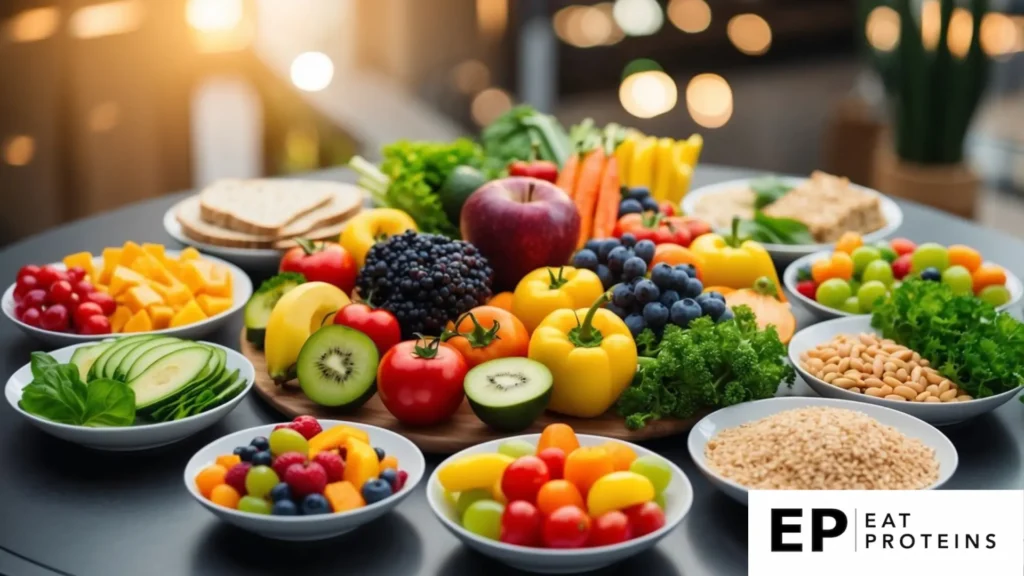
A cardiac diet is designed to support heart health by promoting foods that are nutritious and beneficial while limiting those that can harm. I focus on understanding the key principles that guide this diet and highlight nutrient-rich ingredients that can enhance my meals.
What are the Principles of a Heart-Healthy Diet?
The foundation of a heart-healthy diet is balanced nutrition. I aim to include whole grains, lean proteins, fruits, and vegetables while limiting saturated fats, sugars, and sodium.
- Healthy Fats: I choose unsaturated fats from sources like olive oil and avocados instead of trans fats found in processed foods.
- Fiber-Rich Foods: Incorporating high-fiber foods like beans and whole grains helps lower cholesterol levels.
- Portion Control: Monitoring portion sizes is crucial. Even healthy foods can lead to weight gain if consumed in excess.
I pay attention to recommended daily limits, like keeping saturated fats below 10% of total daily calories and reducing sodium intake to less than 2,300 mg per day.
What Nutrient-Rich Ingredients Should Be Included in a Cardiac Diet?
When planning meals, I focus on ingredients that provide essential nutrients for heart health.
- Fruits and Vegetables: These should fill half my plate. Dark greens like spinach, and fruits like berries, are rich in antioxidants.
- Whole Grains: Foods like quinoa and brown rice are high in fiber and can help manage cholesterol.
- Lean Proteins: I include skinless chicken, fish (especially fatty fish like salmon), and plant-based proteins like lentils.
Making these choices allows me to create flavorful meals that not only satisfy my hunger but also support my heart health. By being mindful of the ingredients I choose, I can take control of my diet and contribute positively to my overall well-being.
What are the Benefits of Following a Cardiac Diet?
Eating a cardiac diet offers specific advantages that can lead to better heart function and overall well-being. I focus on three main benefits: improving heart health, managing cholesterol levels, and supporting weight management.
How Does the Cardiac Diet Improve Heart Health?
Following a cardiac diet emphasizes foods rich in nutrients that support heart health. I include plenty of fruits, vegetables, whole grains, and lean proteins. These foods are naturally low in saturated fats and sodium, which can help reduce the risk of heart disease.
Research shows that diets high in fiber and antioxidants can lower blood pressure and improve circulation. I often choose options like berries, leafy greens, and legumes. By incorporating these foods, I can bolster my heart health effectively.
How Does the Cardiac Diet Help in Managing Cholesterol Levels?
One important aspect of a cardiac diet is its ability to help manage cholesterol levels. I pay close attention to the types of fats in my meals. Choosing unsaturated fats, like those found in olive oil, nuts, and avocados, can improve my cholesterol profile.
Additionally, I limit saturated fats and trans fats that are often present in processed foods. Foods high in soluble fiber, such as oats and beans, can also help reduce bad cholesterol (LDL). By making these choices, I actively work on maintaining healthy cholesterol levels.
How Does the Cardiac Diet Support Weight Management?
A cardiac diet can also support effective weight management. I focus on portion control and balanced meals that provide the right nutrients without excess calories. This approach helps me avoid weight gain, which is crucial for heart health.
I emphasize foods with fewer empty calories and rich in dietary fiber. Foods like whole grains, vegetables, and fruits make me feel full and satisfied. This strategy not only helps me maintain a healthy weight but also reduces the risk of heart-related issues.
What are Common Myths and Misconceptions About the Cardiac Diet?
Many people have questions about cardiac diets. Some beliefs about these diets are not accurate. I will address two common myths to clarify the truth.
What is the Myth That All Fats are Bad?
A common misconception is that all fats are harmful. This is not true. Our bodies need some fats for energy and to support cell growth.
Healthy fats can be found in foods like:
- Avocados
- Nuts
- Olive oil
- Fatty fish (like salmon)
These fats can actually help improve heart health by lowering bad cholesterol levels. It’s important to choose healthier fats in moderation, rather than avoiding all fats completely.
What is the Myth That Cardiac Diets are Flavorless?
Another myth is that cardiac diets lack flavor. This is not the case. There are countless recipes that are both heart-healthy and delicious.
To add flavor to meals, I can use:
- Fresh herbs and spices
- Citrus juices
- Garlic and onions
- Healthy marinades
Eating a cardiac diet can be enjoyable and satisfying. It’s all about choosing the right ingredients and preparing them well.
